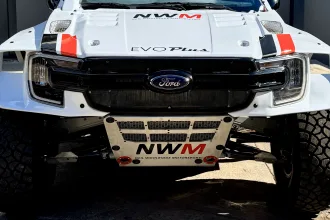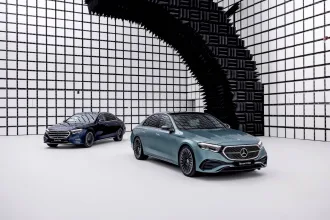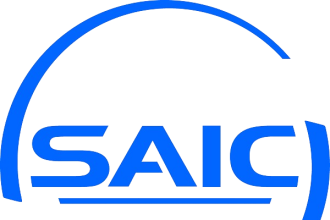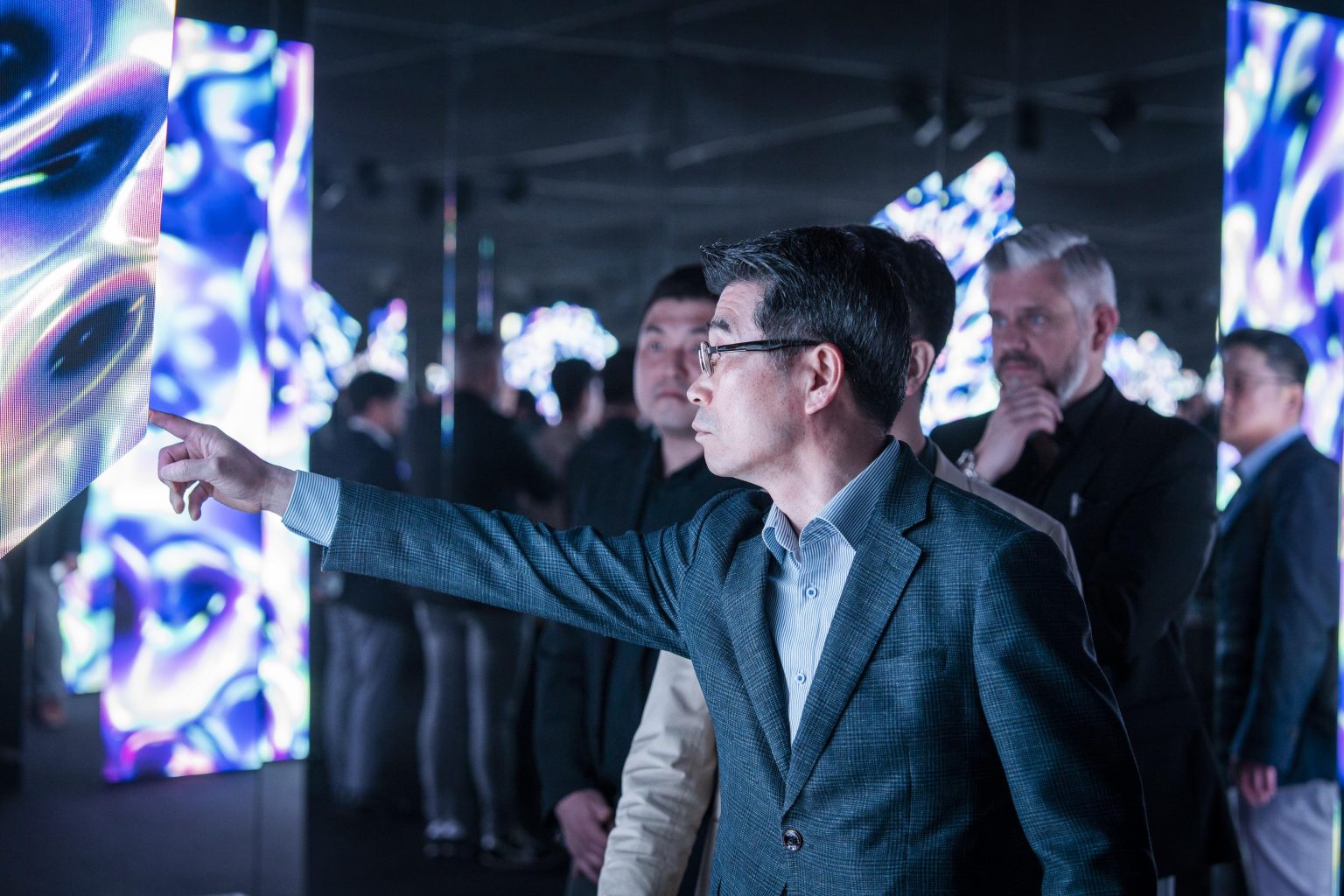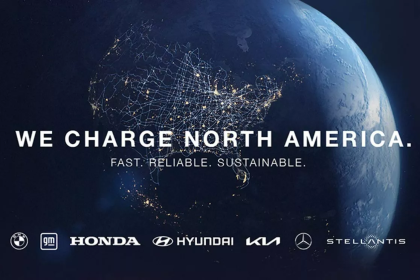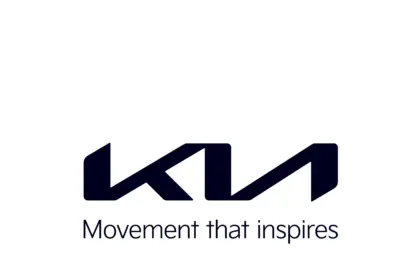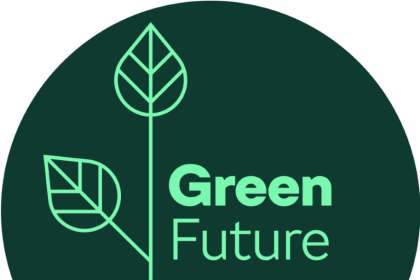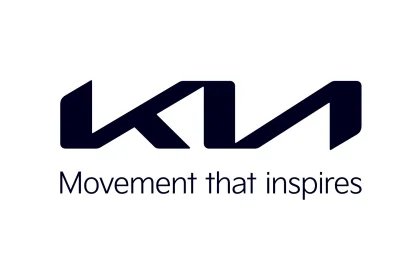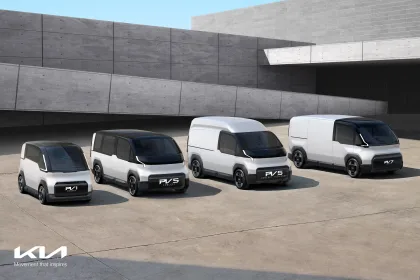- Kia presents bold ‘Opposites United’ design exhibition, which offers new approach to delivering sustainability solutions, at Milan Design Week
- Kia to prioritize design that overcomes divergence of human everyday needs and essential sustainability requirements
- New Kia EV9 exemplifies new approach and utilizes a range of innovative sustainable materials, to deliver a premium look and feel, setting new standards for sustainable mobility
- Brand’s first global exhibition nominated for ‘Fuorisalone Award’ which recognizes the ‘best’ of the Milan Design Week
Kia is presenting a bold design approach in an exhibition titled ‘Opposites United’ at Milan Design Week. The multi-media event illustrates how the company will create new sustainable mobility solutions through harmonizing the apparent opposing concepts of human mobility requirements and environmental impact. The exhibition is nominated for the prestigious ‘Fuorisalone Award’, which recognizes the most memorable events of the Milan Design Week.
The exhibition serves not only as a creative platform to externally communicate Kia’s ‘Opposites United’ design philosophy in an innovative and interactive way, but also acts as a lens to inwardly focus the sustainable mobility company’s priorities as it turns its attention to further implementing its design philosophy in future products.
“Kia’s design philosophy represents far more than just the way our cars look,” said Ho Sung Song, Kia President and CEO. “It reflects our commitment to compatibly advance two crucial areas which have come to be at odds with one another: human mobility needs and environmental sustainability.”
“With the ‘Opposites United’ design philosophy, Kia aims to demonstrate its innovative approach that enriches customers’ experiences while leaving a positive legacy for future generations,” Song added.
Karim Habib, Executive Vice President and Head of Kia Global Design Center, commented: “Kia is crafting transformational products that are desirable and balance the contrasts between environmental responsibilities and modern life. Through this approach, we aim to create authentic and inspiring experiences for our customers, which enable them to foster greater societal connections and pursue a better quality of life.”
Kia has incorporated this design philosophy into its new flagship model, the Kia EV9, which utilizes a range of innovative sustainable materials and processes to deliver a premium look and feel while reducing the model’s impact on the environment.
A pioneering milestone for Kia, the EV9 is the first model to embrace the brand’s three-step Design Sustainability Strategy, initiated to phase out the use of leather, apply ten ‘must-have’ sustainable items to all new Kia models, and continuously increase the use of bio-based materials such as corn, sugar cane, and natural oils.
Subsequent products will seek to build on this platform, as Kia aims to fulfil its commitment to increasing the proportion of recycled plastics it uses to 20 per cent by 2030 and achieving full carbon neutrality throughout the company’s value chain by 2045.
The ‘Opposites United’ exhibition has been nominated for the ‘Fuorisalone Award’. Presented annually and distinguished by public vote, this award recognizes and champions the most memorable installations showcased in Milan.
‘Opposites United’ at Milan Design Week 2023
Kia’s ‘Opposites United’ design philosophy is based on five key design pillars, each of which was illustrated in a dedicated space as part of the Milan exhibition: Bold for Nature; Joy for Reason; Power to Progress; Technology for Life; and Tension for Serenity.
Bold for Nature
Bold for Nature is based on interaction with and informed by the details, shapes and proportions found in both the natural and human worlds. It is about both embracing nature and making a positive mark on the world. This design pillar creates organic yet technical structures and finishes for vehicle interiors. Exterior designs are characterized by a combination of clear and simple lines with bold, ever-changing surfaces.
The Bold for Nature space shows the promise of harmonizing in front of large nature representations, acquiring teachings and finding fundamental motifs therein. This work contains a message for human beings to pursue bold beauty with respect for all things in nature. Speakers include design critic Alice Rawsthorn and landscape architect Bas Smets, with an evening performance by electronic music producer Pantha du Prince.
Joy for Reason
Joy for Reason focuses on experiences that spark joy, which will influence the feel and ambience of Kia’s future vehicles. It stands for playful products, touching experiences, and new interactions. Future designs embracing Joy for Reason will fuse the emotional with the rational, creating vehicles that influence their passengers’ moods by relaxing and inspiring. It will also influence the adoption of new organic materials and more daring colors, expressing a sense of youth and playfulness.
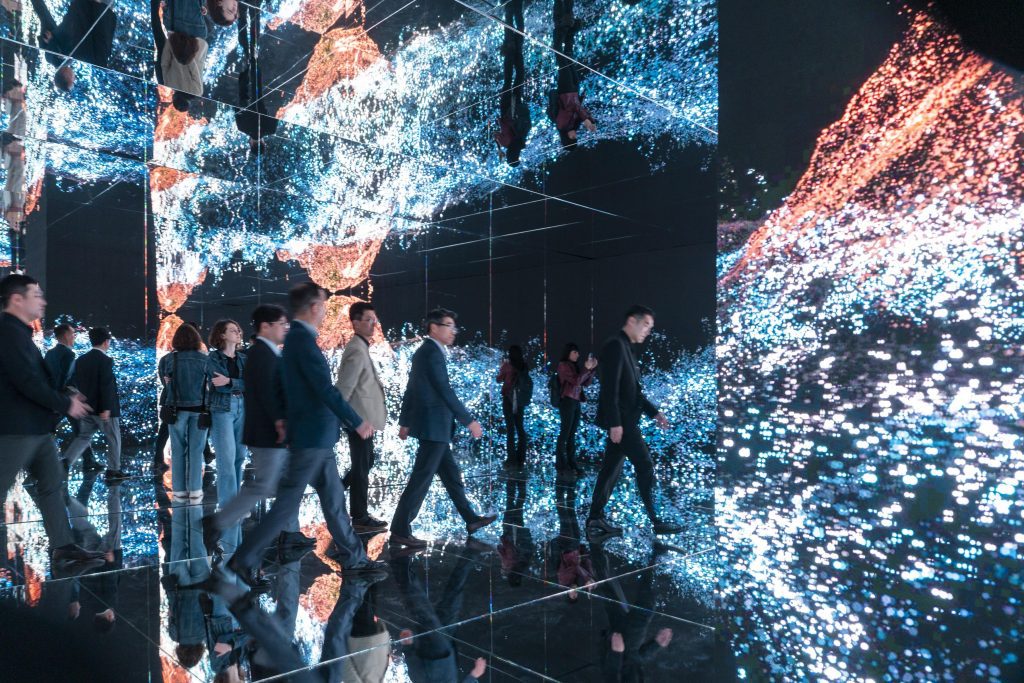
The Joy for Reason space depicts the promise of Kia Design to turn even mundane experiences into unexpected joyful memories. Speakers include writer Pr. Helen Hester, and producer, actor, and editor Carlo Antonelli, with a classical evening performance by the quartet of La Scala.
Tension for Serenity
Tension for Serenity evokes the tension between opposing forces and creative contrasts. It embraces the equilibrium that comes from two opposing forces and encompasses bringing order out of chaos and purpose to the future. Applied to automotive design, Tension for Serenity delivers striking design concepts that use sharp, highly technical details to create surface tension and realize a harmonized, future-oriented vision.
The Tension for Serenity space brings tranquility through eloquence and harmony at all boundaries where there were conflicts or opposite elements. Speakers include NTS Radio Founder, Femi Adeyemi, and composer and sound designer Nicolas Becker, with an evening performance by singer-songwriter Alewya.
Technology for Life
Technology for Life embraces new technologies and innovations to foster positive interactions between humans and machines. It focuses less on devices themselves and more on the way humans engage with them, hinting at future Kia products that will adopt a next-generation in-car user experience (UX). This will be achieved through design innovation and advancements in lighting, feel, and in-car connectivity – all with the goal of helping customers engage with their cars.
The Technology for Life space contains content based on technology and know-how accumulated by Kia Design. It shows Kia’s commitment to becoming a partner that can help customers make important memories in life. Speakers include designer Bethan Laura Wood and design curator Marco Sammicheli. In addition, evening performances feature electronic music by Talpha.
Power to Progress
Finally, Power to Progress stands for the drive to move forward, onward, and upward. In the context of design, this means building on the brand’s current strengths. By drawing on and developing the skills and expertise learned throughout Kia’s recent design-led transformation, the designs and layouts of the brand’s future products will continue to evolve. Future designs will draw on experience and creativity to invent and innovate.
The Power to Progress area illustrates how human beings can pursue happiness by harmonizing their goals with nature and experiences. Speakers include curator Andrea Lissoni and philosopher Emanuele Coccia. Evening performances feature musician, sound designer, and drummer Missing Ear; pop music producer Hudson Mohwake, and electronic music DJ Afrodeutsche.
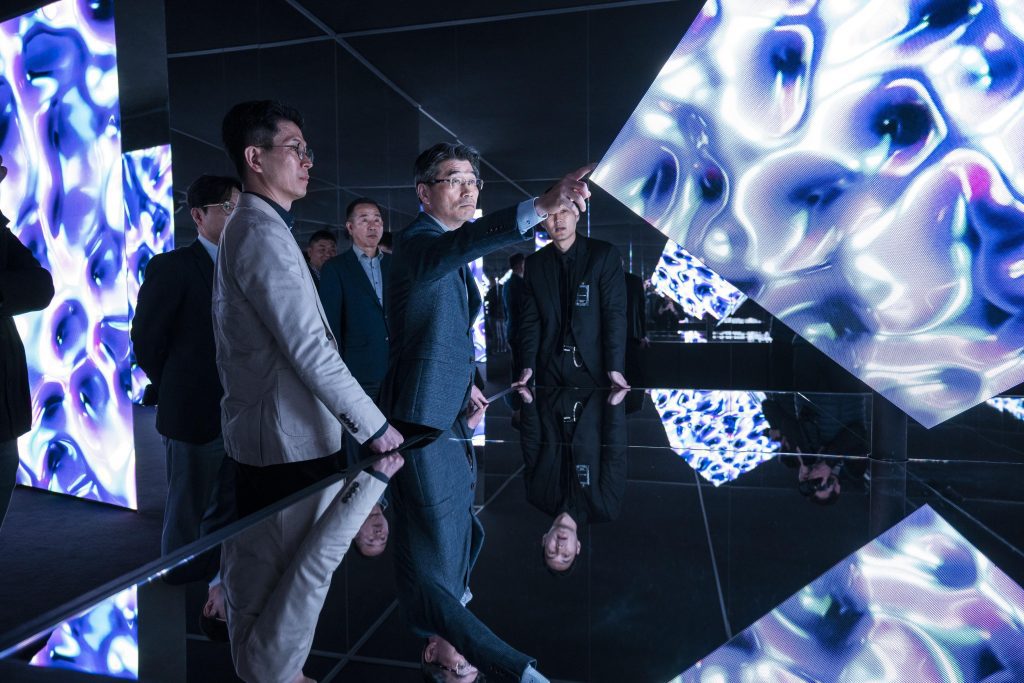
Besides the guiding principle of the ‘Opposites United’ philosophy, Kia’s future design will also embrace the company’s new Sustainable Design Strategy. This three-step initiative outlines ways to improve the sustainability of the materials used in building its cars:
Action 1 stands for ‘Leather free,’ meaning Kia will completely phase out the use of animal-sourced leather in all its future products – starting with the EV9. Replacing leather and PVC (Poly Vinyl Chloride) with recycled materials will reduce the use of toxic chemicals as well as the amount of carbon emitted during the production process.
Action 2 denotes ‘Ten must-have sustainable items.’ This step defines a baseline of ten sustainable materials – recycled, organic, or biodegradable – which will be applied to all Kia models in the future.
Action 3 stands for ‘Bio fabrication,’ the ambitious goal of developing new, bio-based materials for use in cars. Successful tests have already been carried out with mycelium, which is found in the root structure of mushrooms. To accomplish this, Kia is partnering with startups and innovators and investing in research and development to grow new materials for its cars.
Kia has a long history of integrating sustainable materials into its products, starting with the use of bioplastic and sugar cane bio-fiber through the second-generation ‘Soul EV’ in 2014. Now, Kia’s environmentally friendly materials range from eco-processed leather and vegan alternatives to recycled plastic waste, and even recycled ghost nets which were retrieved from the ocean.


